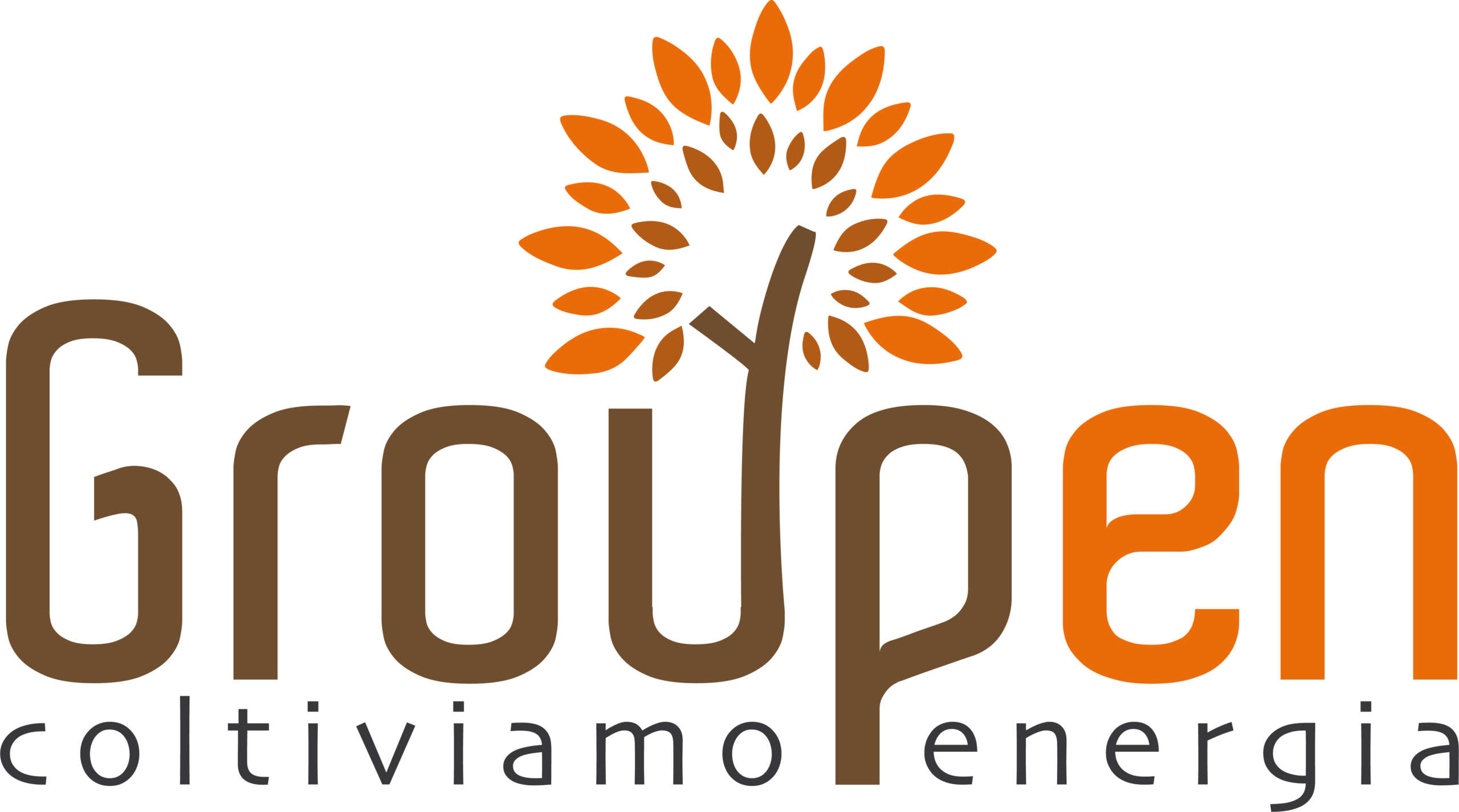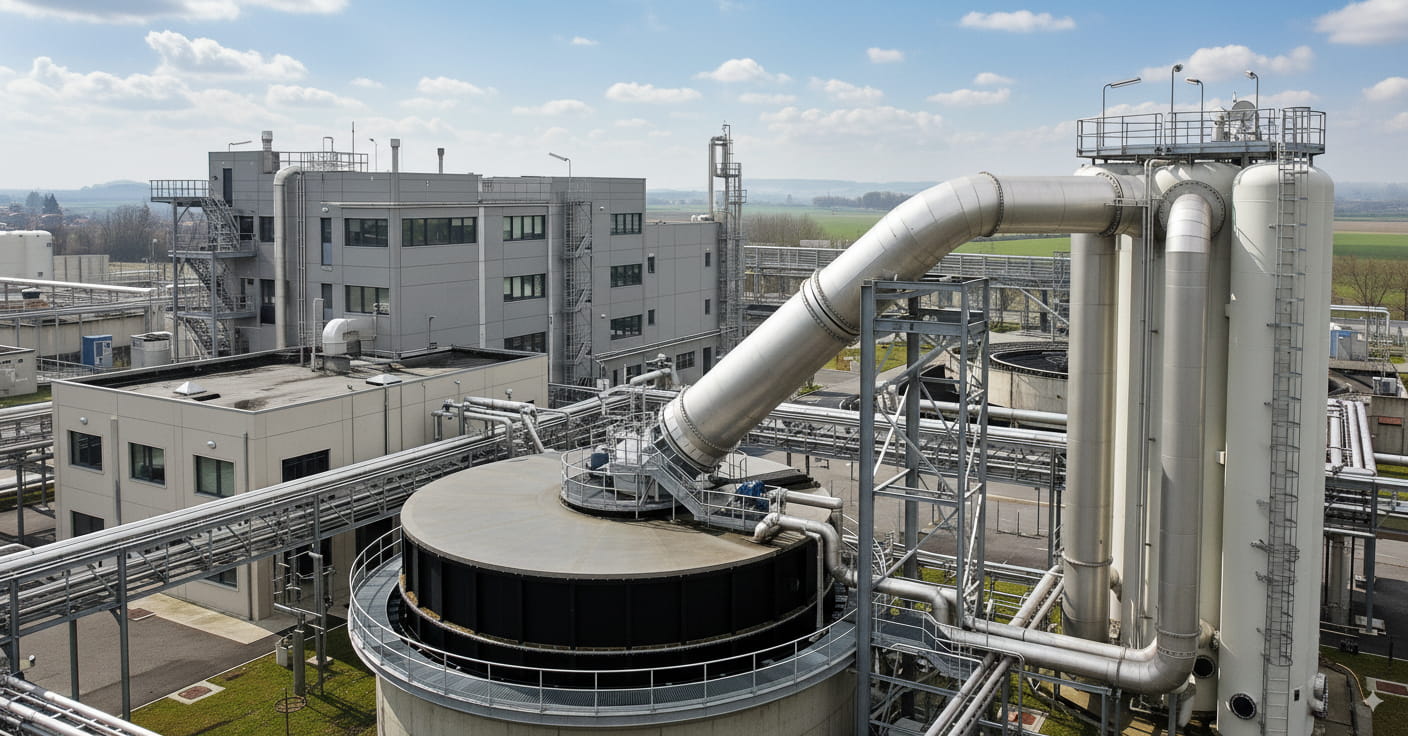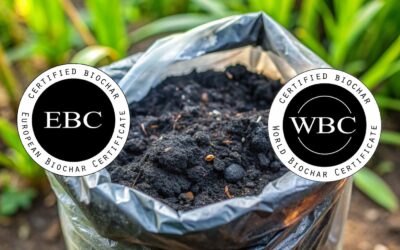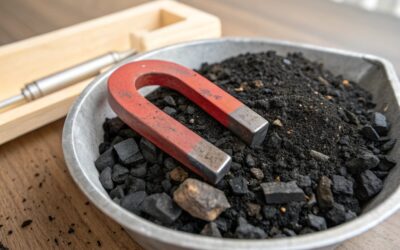In recent years, biochar has attracted increasing interest as a sustainable solution for waste management and soil remediation.
In particular, co-pyrolysis of municipal sewage sludge (MSS) represents a promising technology for transforming a problematic waste material into a useful resource, reducing environmental impact and contributing to the circular economy.
What is Co-Pyrolysis?
Pyrolysis is a thermochemical process that occurs in the absence (or near absence) of oxygen, during which biomass is broken down into solid, liquid and gaseous products.
Co -pyrolysis , on the other hand, involves the simultaneous processing of multiple materials: in our case, municipal sewage sludge is treated together with lignocellulosic biomass (such as agricultural or forestry waste).
This combination improves the yield and quality of the biochar , because the lignin and cellulose of the plant biomass compensate for the critical issues of the sludge, rich in moisture and heavy metals.
Why use sewage sludge?
Sewage sludge is an inevitable byproduct of urban wastewater treatment plants. Its management is complex and costly:
- may contain pathogens ,
- have a high water content,
- they host heavy metals and micropollutants.
Simply dumping or incinerating them is neither sustainable nor economically viable. Co-pyrolysis, on the other hand, produces a stable, carbon-containing material, useful as an agricultural fertilizer, reducing the risk of contamination.
Co-Pyrolysis Biochar: Main Benefits
- Stabilization of contaminants
Heavy metals present in the sludge are immobilized in the carbon matrix of the biochar, reducing their bioavailability. - Reduction in waste volume
Pyrolysis drastically reduces the amount of sludge to be disposed of, with savings in terms of management costs. - Energy recovery
In addition to biochar, co-pyrolysis produces syngas and bio-oil, renewable fuels that can power part of the process itself. - Agricultural Benefits
Biochar improves soil structure, increases water and nutrient holding capacity, and promotes beneficial microbial growth .
Applications in Soil Remediation
Biochar from co-pyrolysis of municipal sewage sludge finds application in the remediation of contaminated soils .
Recent studies show that:
- helps reduce the leaching of heavy metals such as cadmium, lead and zinc;
- improves the quality of degraded soil;
- It promotes carbon sequestration, with positive effects on the climate balance.
Challenges and Future Prospects
Despite the advantages, there remain some challenges:
- define clear standards to ensure the safety of biochar,
- optimize pyrolysis parameters (temperature, residence time, sludge-biomass ratio),
- assess long-term effects on soil and crops.
Research, however, is progressing rapidly and co-pyrolysis is establishing itself as a key technology for the sustainable management of urban sludge and for the ecological transition .
Conclusion
Co-pyrolysis of municipal sewage sludge represents an innovative strategy to address one of the most complex environmental problems of modern cities.
Transforming critical waste into biochar means reducing environmental impact, creating value and contributing to a more sustainable future .







